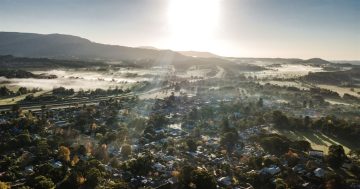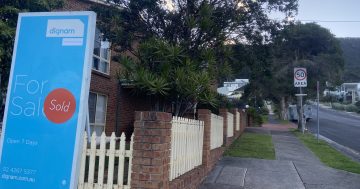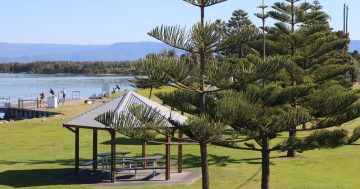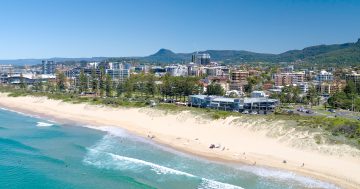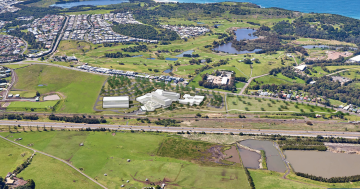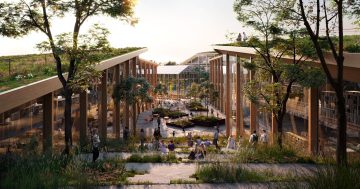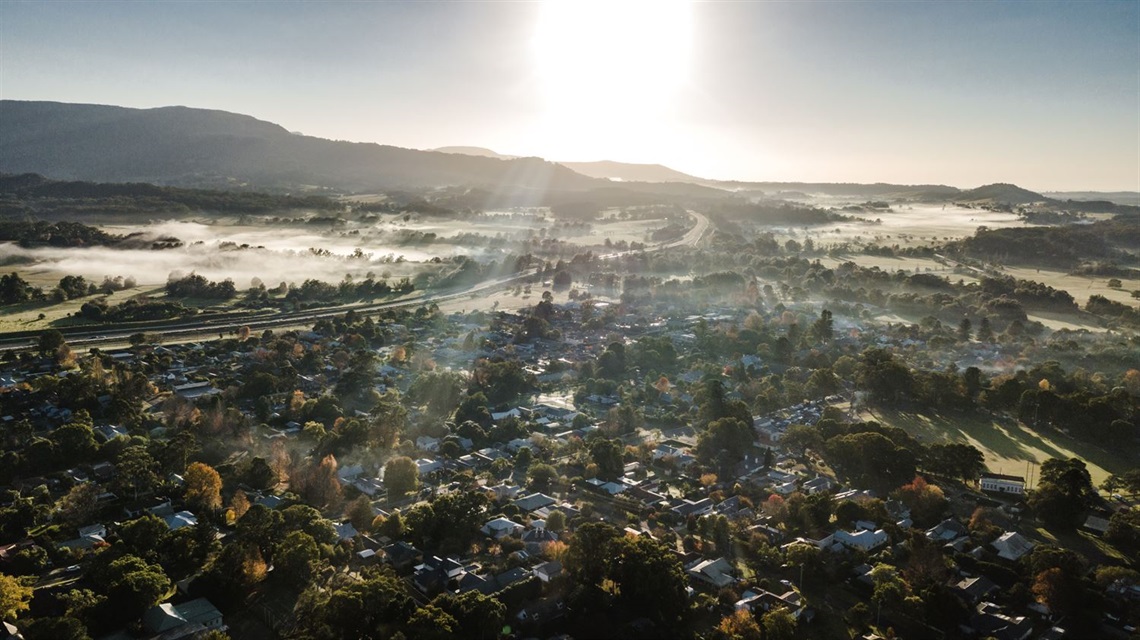
Shoalhaven has seen a drop in residential land values over the past 12 months. Photo: Shoalhaven City Council.
Coastal and regional land values have reached record highs across the state, but despite the boost some areas have had a dip.
Across the coast, land values have hit $582 billion, a two per cent increase from $570 billion in 2024.
In the regions, values have hit $342 billion, up 0.7 per cent from $340 billion in 2024.
The new land values were assessed based on an analysis of more than 20,000 property sales on the coast and in the regions, and are used by Revenue NSW to calculate tax and councils to calculate rates.
NSW Valuer General Sally Dale said the boost on the coast wasn’t distributed equally across all property types.
In regional NSW, the growth was well below the statewide average.
“The coastal market has shown a slight overall increase over the last year across the residential, commercial and industrial sectors while a slight reduction was experienced in rural land values,” she said.
“Regional NSW has experienced a slight increase in land values but overall has not kept pace with whole-of-state movements.
“NSW experienced an overall average 3.6 per cent increase across all land categories to reach a record $3.09 trillion.”
Regional industrial land values experienced the highest growth across all regional property categories, with an eight per cent average increase.
This increase was led by significant movements across regional centres such as Bathurst (up more than 50 per cent) and more nuanced markets such as Gwydir, which topped the regional NSW movements, increasing its industrial land values by 127.8 per cent.
“The strong growth in Gwydir has been attributed to the strong increase in Warialda township values, comprising a very small market located on the northern fringe where we’ve observed new infrastructure enabling greater access to the industrial precinct,” Ms Dale said.
“We’re seeing the affordability of smaller towns with good industrial areas really leading the charge in 2025.
“With the relatively low entry point of land values being attractive, the support of ongoing infrastructure investment, and demand driven by emerging employment markets in renewable energy, mineral exploration and mining, and regional tourism, we’re not seeing that growth slow down in the immediate future.
“The very strong uplift in the Bathurst industrial market was influenced by strong demand and available supply.
“Recent land releases in the Kelso industrial estate were quickly taken up by the market and are being rapidly improved.”
On the coast, industrial land values grew by 4.7 per cent on average.
The largest increases in industrial land values were seen in Tweed, Shellharbour, Wollongong, Kyogle and Ballina.
Byron, Bega Valley and Shoalhaven all experienced decreases in industrial land values.
“Industrial land values showed the largest overall growth in coastal NSW,” Ms Dale said.
“Tweed, Shellharbour and Wollongong had the largest increase, driven by low interest rates and constrained supply as well as continued growth of e-commerce driving demand for warehouses.”
Residential land values across regional NSW saw a three per cent increase on average.
In the regions, Hay experienced the strongest growth. Brewarrina, Tenterfield and Gwydir also saw increases well above regional NSW medians and the statewide average of 4.2 per cent.
The biggest increases for residential land values in coastal NSW were seen in Byron, Wingecarribee, Newcastle, Tweed and Lismore.
The southeast coast from Wollongong to the Eurobodalla all experienced slight decreases in residential land values.
“We’re seeing really strong increases in western NSW residential markets for the second year running with the suspected trend of people moving west continuing,” Ms Dale said.
“With a median house price in Hay and Brewarrina as examples being just shy of $250,000 and $125,000 respectively at 1 July 2025, it’s no surprise that land values have moved up to 40 per cent as people chase greater affordability – including hobby farms.”
Commercial land values across regional NSW also experienced a moderate increase of 5.7 per cent.
Cabonne recorded the strongest increase regionally at 24.2 per cent driven by a low value base and affordability, as well as being strategically located as a centralised service hub for agriculture communities.
Cowra, Singleton, Muswellbrook and Bathurst also saw strong increases driven by increased demand from renewed mining activity, emerging employment markets in energy, and well located areas near to regional centres.
On the coast, commercial land values were only up an average of 1.9 per cent in comparison, with the largest increases in commercial land values in Wingecarribee, Ballina, Nambucca, Newcastle and the Mid-Coast.
Commercial land values fell in Lismore and Coffs Harbour.
“The coastal commercial market has slight increases overall which have generally followed increases in similar residential areas as confidence returns to these locations,” Ms Dale said.
“Commercial properties with mixed use potential have seen some of the largest increases across the region.”
Rural land values experienced a slight decrease of 0.8 per cent in the regions and 0.7 per cent on the coast.
Liverpool Plains recorded the highest percentage change with a 17.9 per cent increase driven by continuing strong demand for good quality, fertile farming land – black soils – in well regarded tightly held areas with limited supply.
Snowy Monaro and Greater Hume experienced the biggest decreases in rural land values, attributed to cooling market conditions and a strong preference for rural lands in other areas of NSW.
On the coast Wingecarribee saw the largest percentage land value increase of 6.5 per cent, followed by Lismore, Bega Valley, Tweed and Clarence Valley.
These increases are attributed to constrained supply and improved market confidence due to interest rate cuts, alongside continued demand for quality rural lifestyle and prime rural holdings.
Shoalhaven was down 8.8 per cent, followed by Kiama, Eurobodalla, Shellharbour and Port Macquarie-Hastings.









